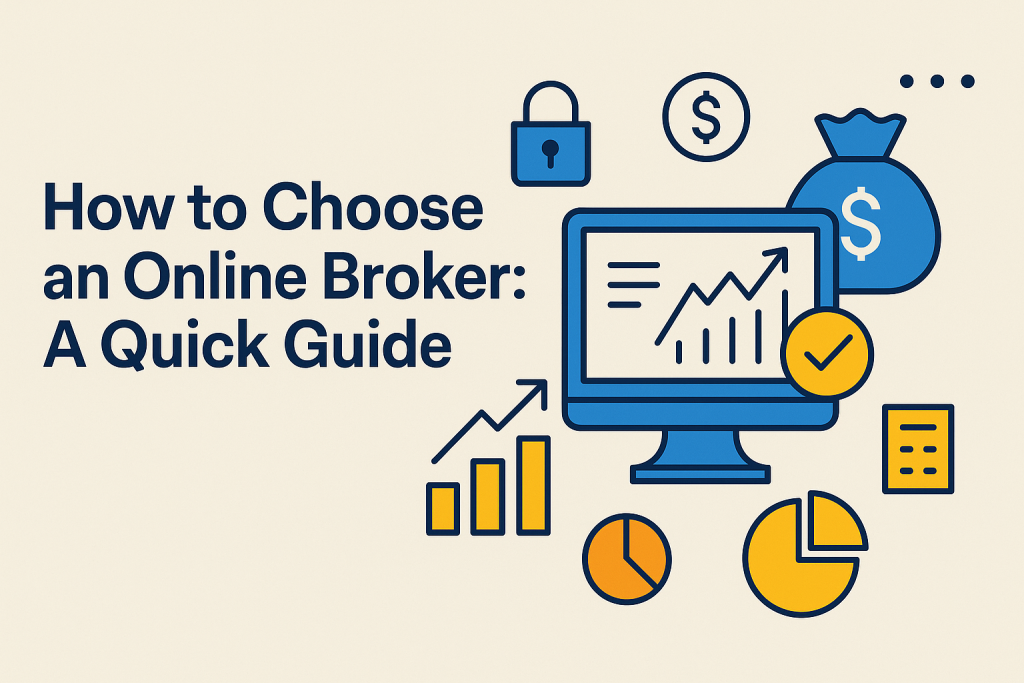Building a successful investment portfolio takes more than just picking a few stocks and hoping for the best. For long-term investing, you need a clear strategy, discipline, and a solid understanding of asset allocation. In this guide, we’ll walk you through the key steps to create a portfolio that grows steadily over time, helping you reach your financial goals while managing risk.
Why Long-Term Investing Matters
Long-term investing focuses on growing wealth over many years—often decades—by staying invested through market cycles. Instead of trying to time the market or chase short-term trends, you focus on a disciplined approach, allowing compound growth to work in your favor. A well-constructed investment portfolio is the foundation of this strategy, helping you navigate market ups and downs with confidence.
Steps to Build a Long-Term Investment Portfolio
1. Define Your Financial Goals
Start by identifying what you’re investing for. Are you saving for retirement, a child’s education, or building generational wealth? Your goals will influence your investment timeline and risk tolerance, which are critical factors in shaping your asset allocation.
2. Understand Your Risk Tolerance
Every investor has a different comfort level with risk. Some people are willing to accept more volatility for higher potential returns, while others prefer a more conservative approach. Knowing your risk tolerance helps you choose the right mix of assets for your portfolio.
3. Diversify Your Investments
Diversification is a key principle of successful investment portfolio management. By spreading your money across different asset classes—like stocks, bonds, and real estate—you reduce the impact of any single investment’s performance on your overall portfolio. Diversification helps smooth out returns and manage risk over time.
4. Focus on Asset Allocation
Asset allocation is the process of dividing your investments among different asset classes based on your goals, risk tolerance, and time horizon. For example, a younger investor with a longer timeline might allocate more to stocks, while someone closer to retirement may prefer a higher proportion of bonds and income-generating assets.
Common asset allocation models include:
- Aggressive (Higher Risk): 80% stocks, 20% bonds
- Moderate: 60% stocks, 40% bonds
- Conservative (Lower Risk): 40% stocks, 60% bonds
5. Invest Consistently
One of the most effective strategies for long-term investing is consistency. By investing regularly—whether monthly or quarterly—you benefit from dollar-cost averaging, which reduces the impact of market volatility over time. Even small, regular contributions can grow significantly over the years.
6. Review and Rebalance Your Portfolio
Your portfolio’s performance will shift over time, which can lead to an asset mix that no longer aligns with your goals. Set a schedule to review your portfolio—at least once a year—and rebalance it if necessary. Rebalancing involves selling assets that have grown beyond your target allocation and buying more of those that have fallen below.
Final Thoughts
Building a strong investment portfolio for the long term takes patience, discipline, and a solid understanding of asset allocation. By setting clear goals, diversifying your investments, and sticking to a consistent strategy, you can navigate market ups and downs and work toward long-term financial success. Remember, long-term investing isn’t about timing the market—it’s about time in the market. Start today, stay the course, and let your investments grow over time.


